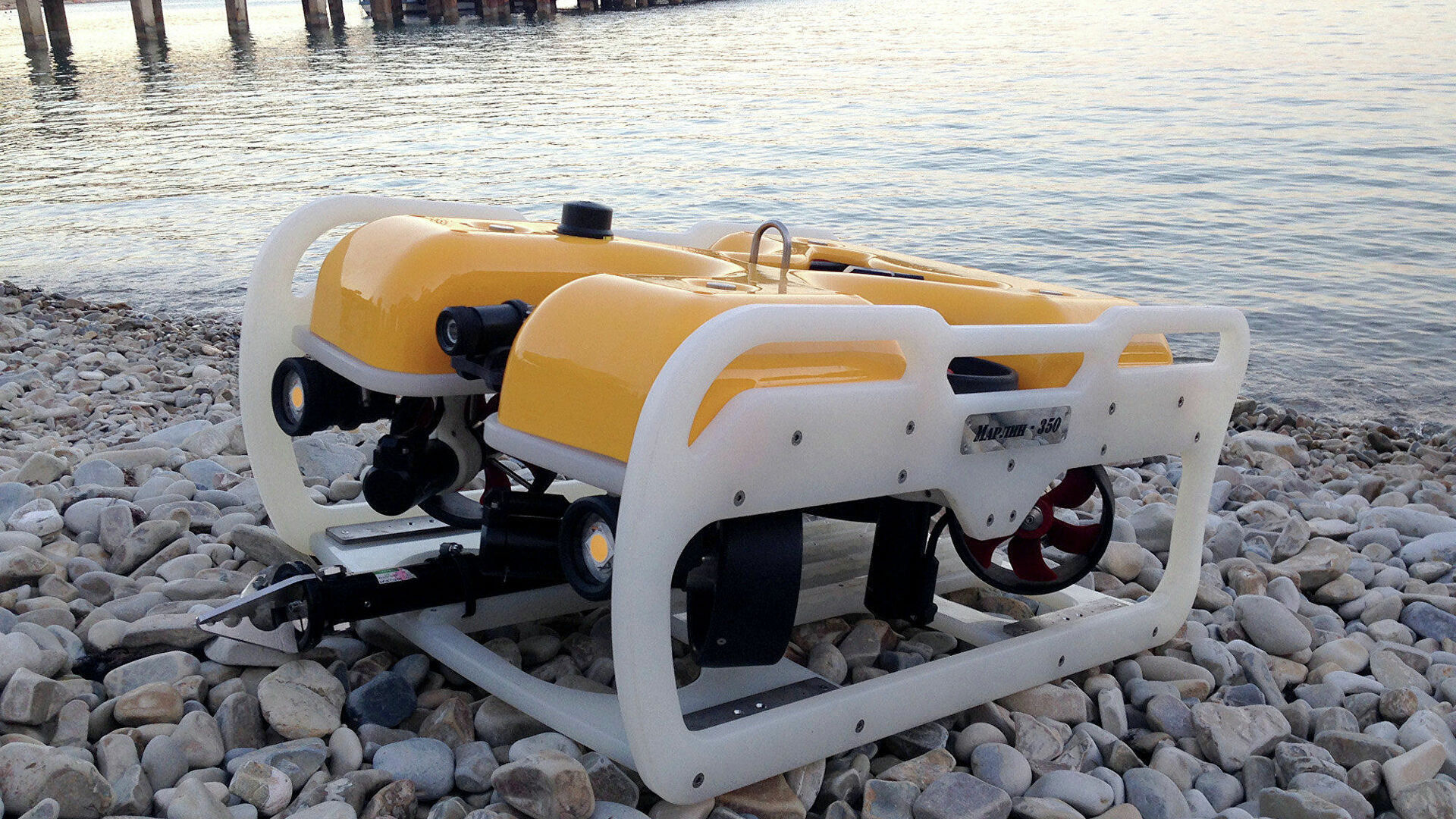Russian Navy minesweepers to be equipped with diving robots
(Baonghean.vn) - The Russian Ministry of Defense has decided to equip Navy minesweepers with Marlin-350 underwater diving devices. They will be used to clear mines.
According to Izvestia sources, the Defense Ministry has decided to equip minesweepers with remotely controlled underwater robots Marlin-350. The new equipment will be deployed on mine countermeasures ships of all four fleets.Russian Navy- North, Pacific, Black and Baltic Seas.
The decision to refit the minesweepers follows a successful trip by Baltic Fleet ships to the Gulf of Finland last summer to carry out large-scale mine clearance work.
 |
| Marlin-350 remote-controlled underwater vehicle. Photo: AP |
The Ministry of Defense said earlier that two minesweepers of the Baltic Fleet, the Alexandrite-class Project 12700 Alexander Obukhov and the Yakhont-class Project 1265 Leonid Sobolev, with the help of Marlin-350 equipment, detected and destroyed about 20 anchor mines and bottom mines with magnetic sensors. These mines were discovered near the island of Hogland. They were rusted by seawater corrosion and were in a dangerous condition for salvage.
During World War II, the Germans laid several dense minefields in the Gulf of Finland to isolate the Baltic Fleet at Kronshtadt and Leningrad. Soviet sailors cut through and destroyed these obstacles, but mines remain in the gulf to this day.
According to the media, the Russian Ministry of Defense has signed a contract to purchase 45 Marlin-350 remote-controlled unmanned underwater vehicles at a cost of nearly 604 million rubles. Such devices are useful in searching for underwater objects and performing technical work such as underwater scanning and inspection at depths of up to 350 m. Using optical systems, they detect targets deep underwater and then place special explosives on them. It is a fairly compact device. With a length of less than a meter, the underwater vehicle weighs only 50 kg. It can operate in temperatures ranging from minus 20 to plus 50 degrees Celsius. The speed of the device is nearly 5 km/h, equivalent to 2.5 nautical miles per hour./.
